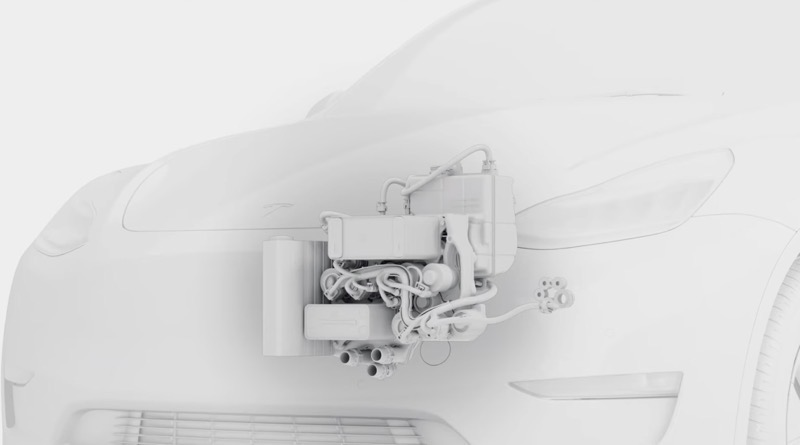A reference:
 www.sae.org
And from the high mileage truckers:
www.sae.org
And from the high mileage truckers:
"Rain, snow, or slush on the road increases the vehicle’s rolling resistance, because in addition to moving the vehicle, the tires must also push their way through the precipitation on the roadway. The precipitation cools the tires, transmission oil and axle oils. These components operate less efficiently at lower temperatures. The increased rolling resistance and drive-train friction in just a light rain can increase fuel consumption by 0.2 to 0.3 mpg."
 www.freightliner.com
www.freightliner.com
Impact of Precipitation Drag on a Road Vehicle
Road vehicles in the real world experience aerodynamic conditions that might be unappreciated and omitted in wind-tunnel experiments or in numerical simulations. Precipitation can potentially have an impact on the aerodynamics of road vehicles. An experimental study was devised to measure, in a wind
"Rain, snow, or slush on the road increases the vehicle’s rolling resistance, because in addition to moving the vehicle, the tires must also push their way through the precipitation on the roadway. The precipitation cools the tires, transmission oil and axle oils. These components operate less efficiently at lower temperatures. The increased rolling resistance and drive-train friction in just a light rain can increase fuel consumption by 0.2 to 0.3 mpg."
How Adverse Weather Affects Fuel Economy
For every 10º F drop in temperature, aerodynamic drag increases by 2%. Every 2% increase in aerodynamic drag results in a 1% decrease in fuel economy.


